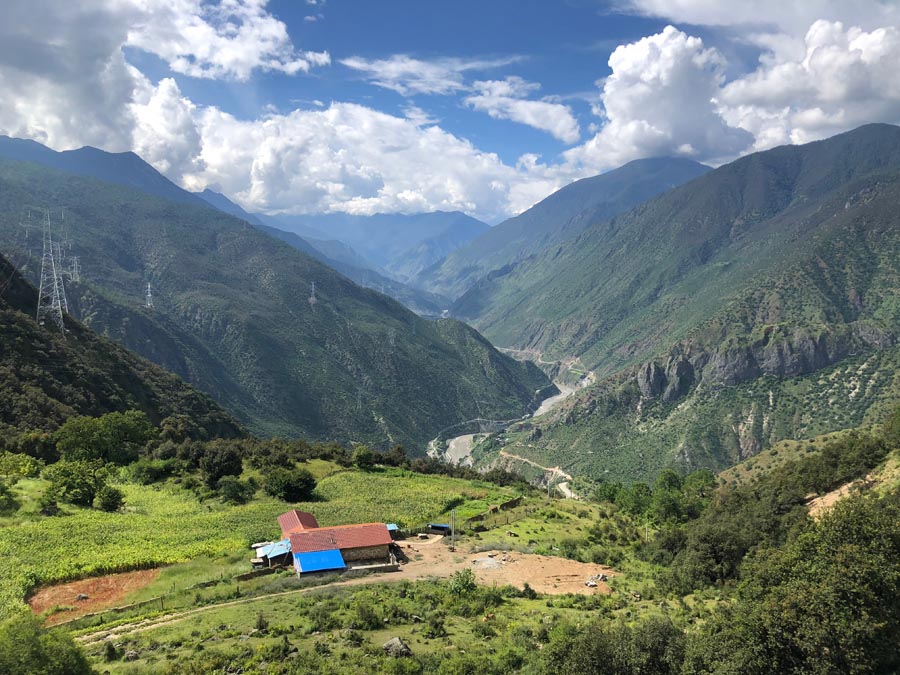 |
|
The Litang River valley. [PHOTO BY D J CLARK/CHINA DAILY] |
Huc's diaries explain some of the ideological themes in Lost Horizon as does the idea of the mythical kingdom of Shambhala which Hilton had also read about. Shambhala is said to be north of India and, like Shangri-La, was a repository for learning and culture when war raged in the world around. Both Abbe Huc's route and the supposed location of Shambhala support the Kunlun Mountains as the location for Hilton's novel, yet the geographical and cultural features described in the book seem to have been lifted from Rock's National Geographic articles.
Soon after the name Shangri-La entered into the Chinese imagina-tion, counties and cities in the area competed to acquire the name to encourage tourism, first the county of Zhongdian in Yunnan in 2001, which later grows into a city, then Riwa town in neighboring Daocheng county in Sichuan. But Rock did not write about Zhongdian until after Lost Horizon was published.
Although Xuan Ke was the first to see the similarities between Shangri-La and Rock's writings, it was an American mountaineer and lawyer, Ted Vaill, who narrowed down the location.